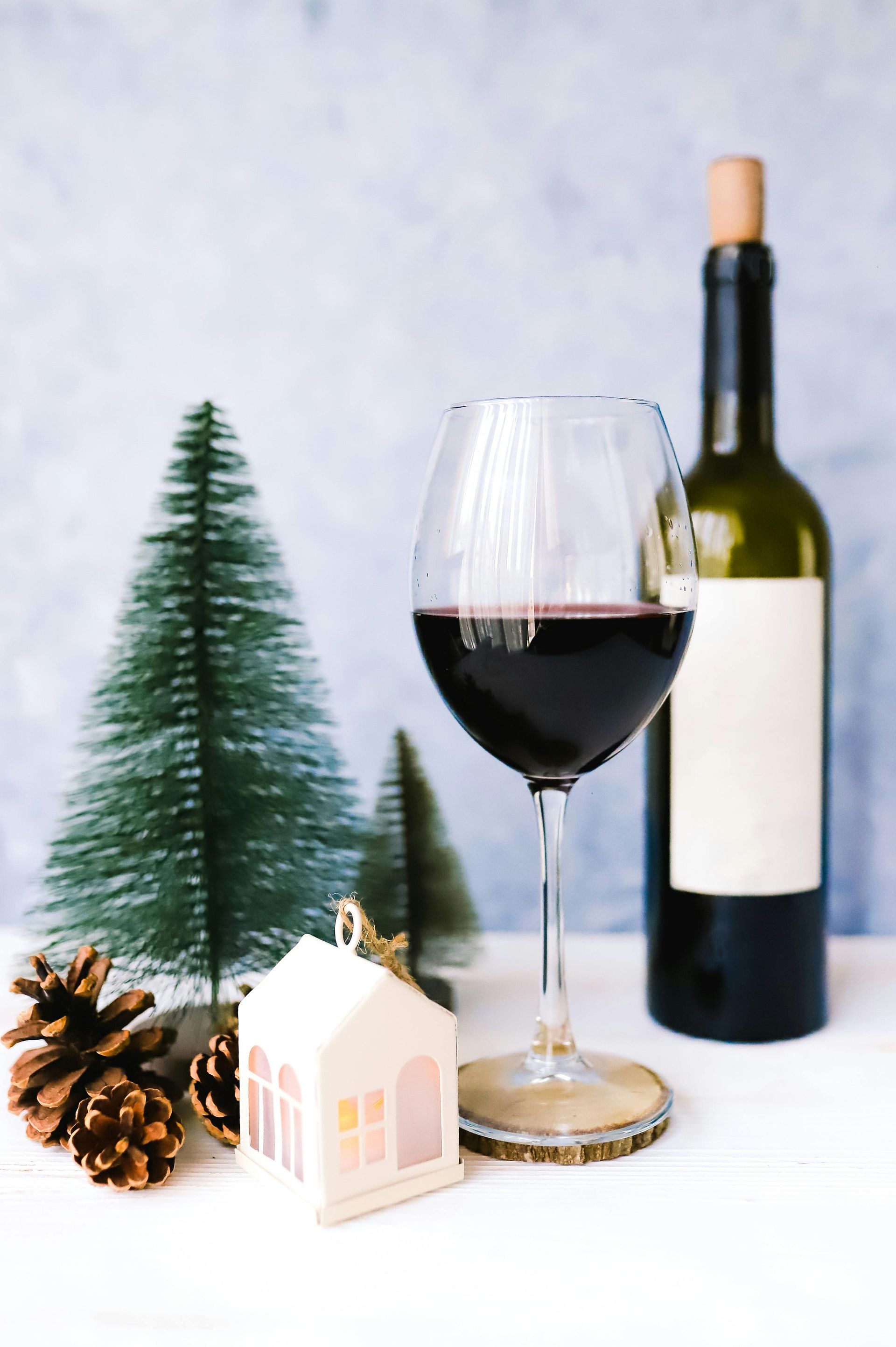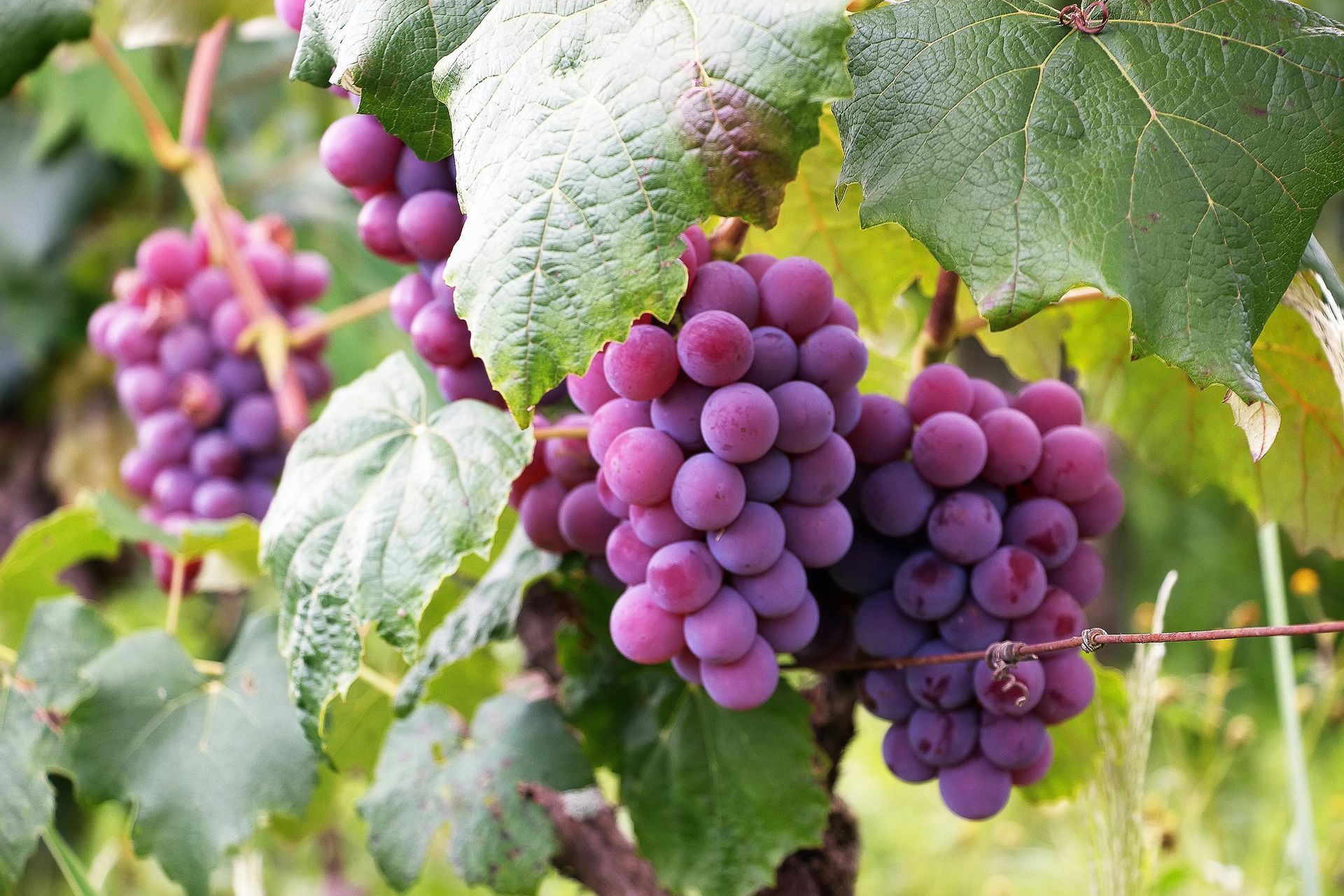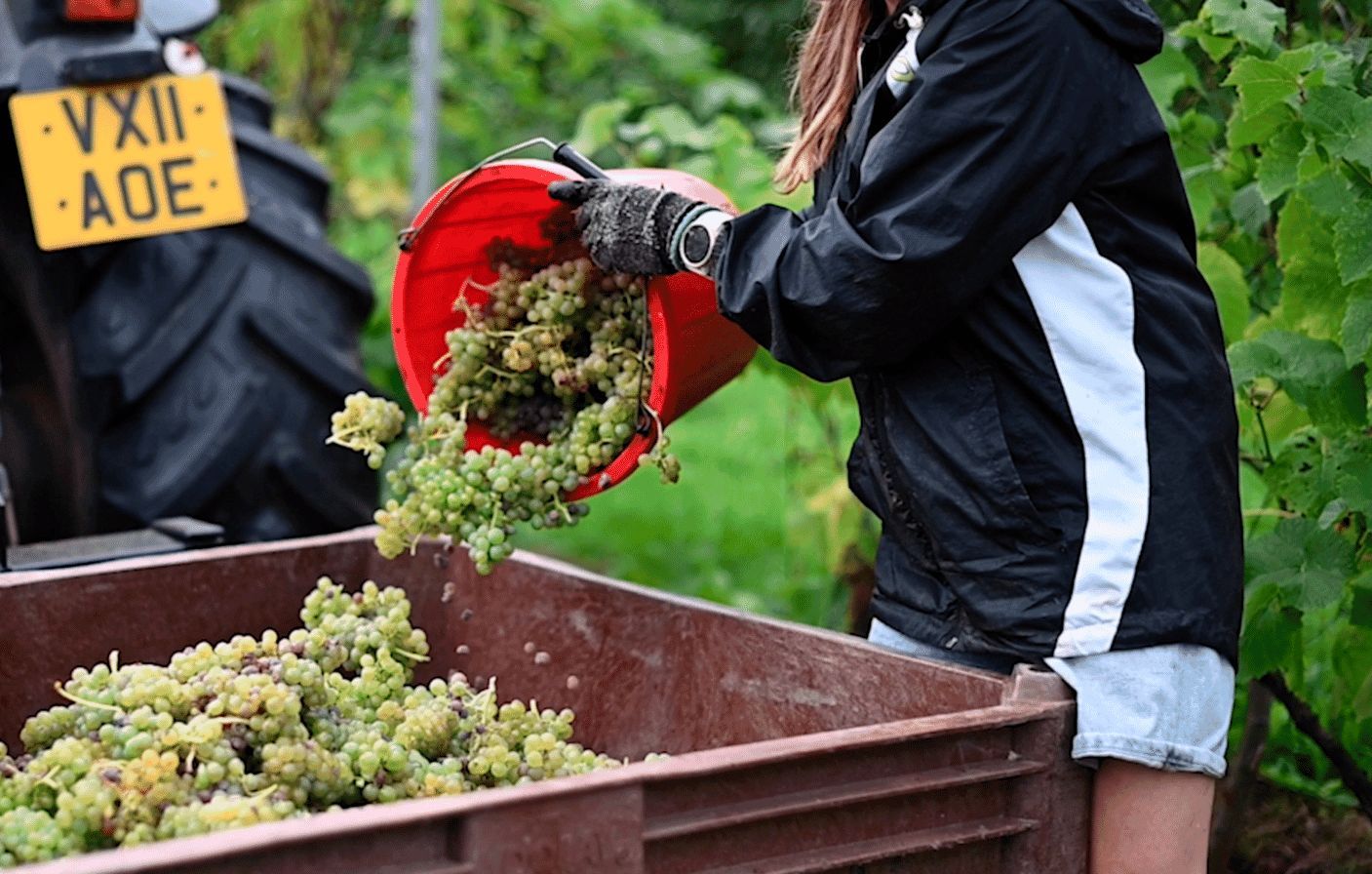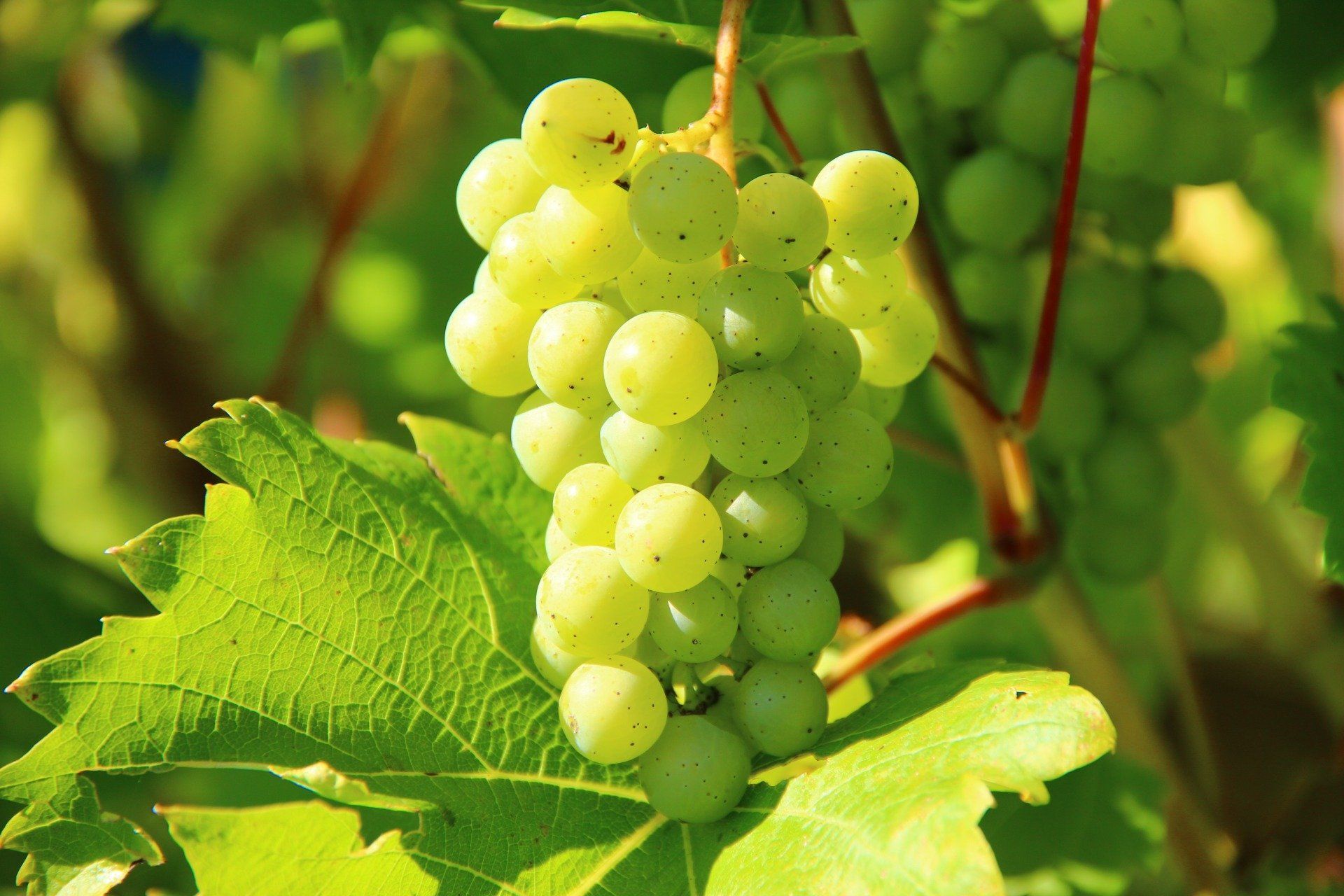What happens on a vineyard in winter?
A vineyard is a riot of colour and activity all through the spring, summer and autumn, with the harvest the most exciting time of year.
But when the harvest is over and the leaves have all fallen from the vines, does the vineyard rest for the winter?
After the grapes have all been picked, they will ferment in the vinery. And the grapevines aren’t hibernating. They might look still and peaceful covered in frost or snow, but vineyards in winter are still very much alive. The winter is an essential time of year for the vines to recover, mature and prepare again for another year of producing fantastic grapes.
The plants have some critical internal work to do to get ready for the season ahead and the vineyard team has work to do too. Everything must be prepared for spring, which is just around the corner.
Growth above the ground has stopped for the year, but growth below the ground continues. With nutrients scarce, the vines expand their root systems so that they can soak up as many nutrients from the soil as possible. These nutrients give the vines a head start on the next growing cycle.
The vines are also cutting off their own water supply. Because if there is too much water inside a vine’s plant cell tissue, it can freeze and damage the vine – and most importantly, any future harvests. So grapevines protect themselves by stopping their water intake and transferring water out of their cells.
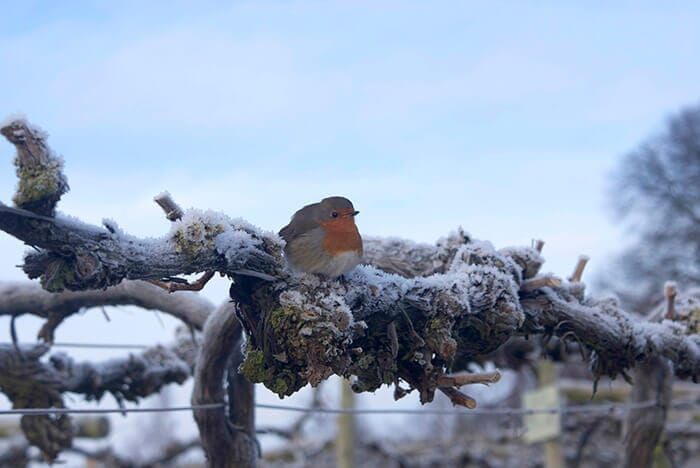
During the winter, the grapevines store carbohydrates in their trunks. This is what they use to grow new shoots and leaves in the spring. And the vineyard team helps the process along through pruning.
Pruning is an essential job in winter. It is carried out by hand, by skilled workers who understand the vines and know which are the right shoots to prune. As they prune, they assess the health of each plant and each shoot. Removing any infected or damaged shoots will help preserve the life of the vine and the future of the grapes.
The older the plants get, the better the quality of grapes produced, so vineyard teams will always do everything they can to protect the plant and extend its life.
But they don’t just prune unhealthy shoots, they also prune healthy ones, because too many shoots can mean too many grapes and a lower quality of grape.
Our team members walk along the vines and use their experience to keep the most desirable canes, so the vines can convert all their stored energy into these shoots – a major part of determining the quality of the fruit. The canes are cut to leave a precise number of buds, from which the grapes will develop.
As long as the weather doesn’t intervene too badly (spring frosts are the most dangerous for our vines, as they can damage the shoots and lead to no crops), the decisions taken at pruning time will determine the yield of each vine.
Winter is also a time to refresh and rejuvenate the soil. Because great wine doesn’t come from poor quality soil.
Compost can be added to the soil, to restore the nutrients which the roots of the vines are crying out for. This will lead to greener leaves, fewer nutrient deficiencies and healthier plants all year round. Most importantly, this leads to high quality, great tasting wine!
There is a lot of hard work which goes into producing good quality wine, which continues throughout the year, even when it is freezing outside. The next time you are enjoying a glass of wine in front of the fire on a winter’s day, take a moment to reflect on the dedicated team out pruning in the cold and the labour of love that goes into getting that wine into your glass.
More from our blog...
